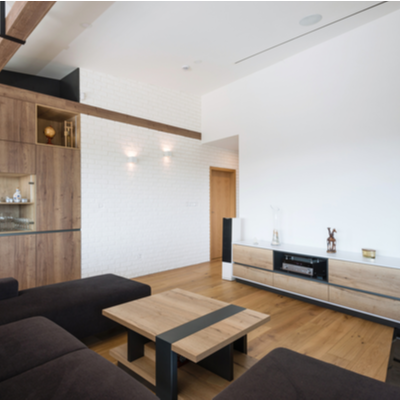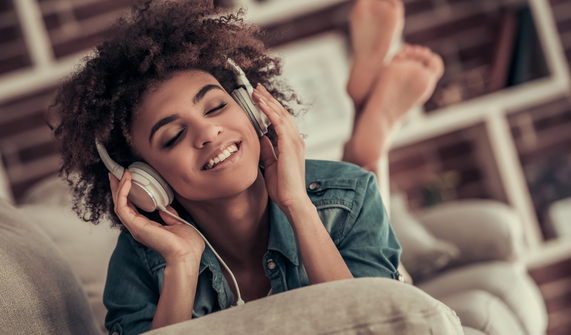Listening to music is something that everyone does on some level, but to the developing musician, taking time to sit down and listen to all the elements of a song is an important developmental step. Listening to music in the background is part of everyday life. Whether you are in an elevator, vacuuming your home, or driving in your car, music has the power to elevate an experience. However, to really appreciate what music has to offer and what it is about, taking an active role in listening to music is important.
In this blog, we will explore passive versus active listening, how to set up a perfect listening space, and what to listen for.
Passive versus Active Listening
As mentioned, passive listening is when music is in the background. When cooking a meal, standing in the elevator, or taking a walk, having music in the background adds to the experience. Subconsciously there are benefits when passively listening to a piece of music that a developing musician is trying to learn. The ear does seem to pick up small amounts of information but it may take a longer time to commit elements of the music to long-term memory.
Active listening on the other hand is beneficial to committing elements of music to long-term memory. When sitting down and making music the primary activity without any distractions, the listener can take the time to appreciate the finer points of the musical piece. This might be similar to reading a book. Imagine reading a book while listening to a movie at the same time. The reader may recall elements of the book, but likely will have gaps in the plot development because of the distraction of the movie. Similarly, when listening to music while doing other activities, elements of the music may be missed. Lyrics may not be completely understood or sections of a song may be missed. Instead of making the music a secondary activity, take the time and focus on the music. This is active listening.

Setting Up A Listening Environment
No matter how big or small the room or if you have speakers or headphones, setting up a perfect environment to listen to the music you love and want to learn is important. Much like having a corner to read a book, having a dedicated space for active listening will set you up for success in developing as a musician. Comfort is important, so make sure you are able to find a cozy spot that will allow you to stay relaxed. Minimize distractions not only from other electronics such as a smartphone but also distractions such as bright lights or other noises. If you are using speakers, it helps setting up speakers so that the full stereo can be appreciated. Sitting in between the left and right speaker, make your sitting distance similar to the distance between the left and right speaker. This will give your ear a great stereo balance. When using headphones, try out both closed and open headphones that cover the entire ear. Closed headphones will drown out more outside noises, giving you the best chance of focusing on the actual music
What to listen for?
Now that you are aware of active listening and have your listening space set up, let’s put on your favourite song, turn down the lights or draw the blinds, close your eyes and really listen to the song. Feel the meaning of every word, focus on each note that is being played. Think about the setting of the song. Is this song describing a happy or sad moment? What is the inflection of the voice like when singing the lyrics? What is the structure of the song? Where are the loud and soft moments of the song? Are there any tempo changes? What instruments do you hear? Do you notice any unexpected harmonic or rhythmic elements? Make note of these observations and see if you can figure out what is going on in the song melodically, harmonically, and rhythmically. Keeping a logbook helps and becomes a great resource for practice sessions. Make note of a solo that you wish to learn more about and try to play it on your instrument during your next practice session.
Now that you are aware of these tools and strategies, what else can you do to help your journey to becoming the musician you want to be? Check out THIS BLOG if you are an Adult Learning to Play Music and CONTACT US for private online music lessons to fast charge your progress on any instrument.
